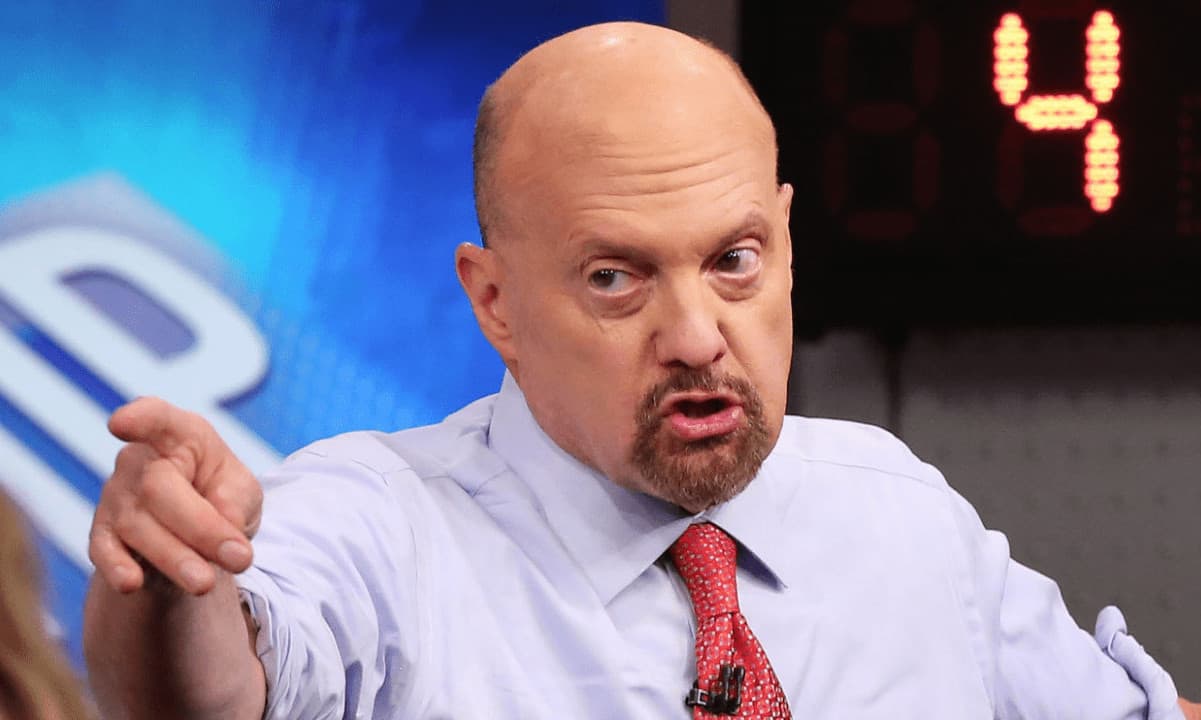 Reuters
ReutersJensen Huang, who graduated from Oregon State University in electrical engineering and later completed his master’s at Stanford, has built his career at the intersection of hardware and software. But his emphasis on physical sciences today isn’t just nostalgic. It’s strategic. “The next wave,” Huang says, “requires us to understand things like the laws of physics, friction, inertia, and cause and effect.” It’s not just about data anymore—it’s about understanding how data interacts with the real world.
Huang sees this evolution as part of AI’s natural journey. From the era of “Perception AI” sparked by breakthroughs like AlexNet in 2012, to today’s Generative AI, we are now entering the age of what Huang calls Reasoning AI. But looking forward, he envisions an even deeper transformation: Physical AI.
This next wave of AI will require machines not only to reason and predict, but to interact with the physical world in meaningful ways. “Physical reasoning,” Huang explains, involves abilities like object permanence, force prediction, and situational awareness—skills that are foundational to fields like physics, mechanics, and materials science. And when this reasoning AI is embedded into real-world machines, it becomes robotics—the future of work, industry, and human-technology collaboration.
Huang’s remarks come at a time when other tech leaders are also returning to foundational sciences. Telegram CEO Pavel Durov recently advised students to master mathematics as the ultimate problem-solving tool, while Elon Musk chimed in with his own recommendation: “Physics (with math).”
The conversation between Durov and Musk—two of tech’s most influential figures—went viral not just for the names involved, but for the clarity of their shared message: real intelligence isn’t just about flashy tech; it’s about clear, logical thinking rooted in hard sciences. Now, with Jensen Huang adding his voice to that chorus, the message is unmistakable. The world’s most successful innovators are urging the next generation to dig deeper—not just into apps and algorithms, but into the physical laws that govern our world.











